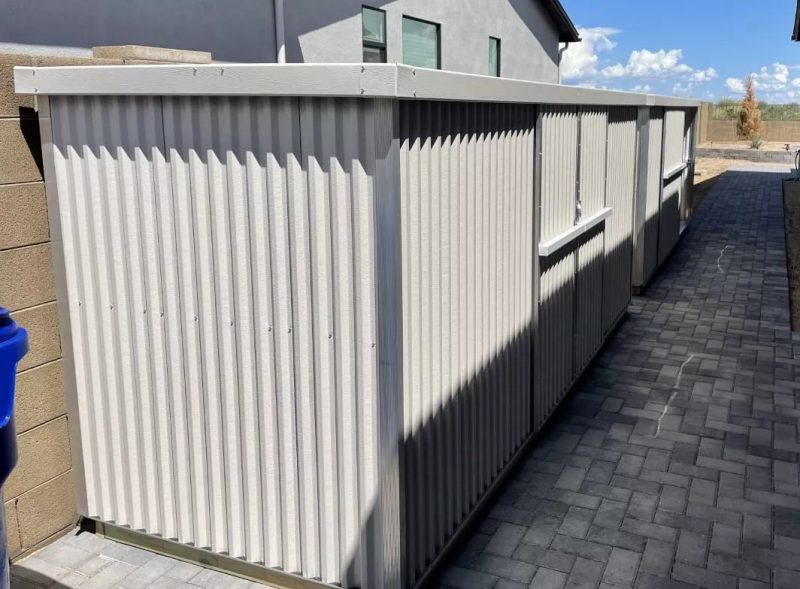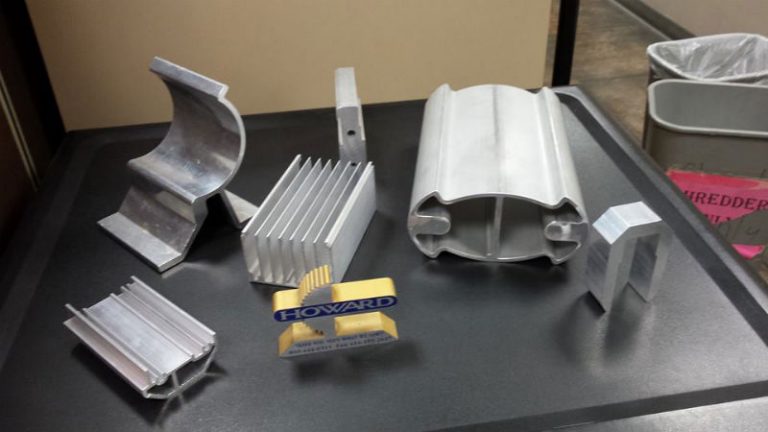The Mic 6 cast tool and jig plate, also known as tooling plate, is incredibly flat, offers exceptional thickness tolerances, and provides stability that is seen as the standard within the industry.
Working with Mic 6 aluminum tooling plate does require special consideration. Ideally, machining operations should be completed on high speed equipment that is well-maintained and does not create vibration or backlash during operation. All tools should be well-maintained and free from any chips, surface damage, or scratches. It will be essential to use cutting fluids to prevent the plate from sticking to the surface of the cutting tool. The specific type of cooling fluid will depend on the type of machining operation.
Equipment Considerations
It is possible to machine and cut Mic 6 aluminum tooling plate using horizontal and vertical milling systems. These systems need to be calibrated to provide high speeds and high feed rates for rough cutting, while finished cuts are easier to achieve with high speed cutting and low speed feed.
Circular saws and band saws can be used to effectively cut Mic 6 aluminum plate. Hight speeds are important, and choosing the correct rake will also produce a precise cut and maintain flatness during the process.
Drilling, turning, and tapping are also effective operations with Mic 6 aluminum tooling plate. It will be critical to follow the recommendations of the manufacturer when configuring the equipment. Mic 6 cast tool and jig plate can be welded using Mig or Tig welding or an FSW welding process.



